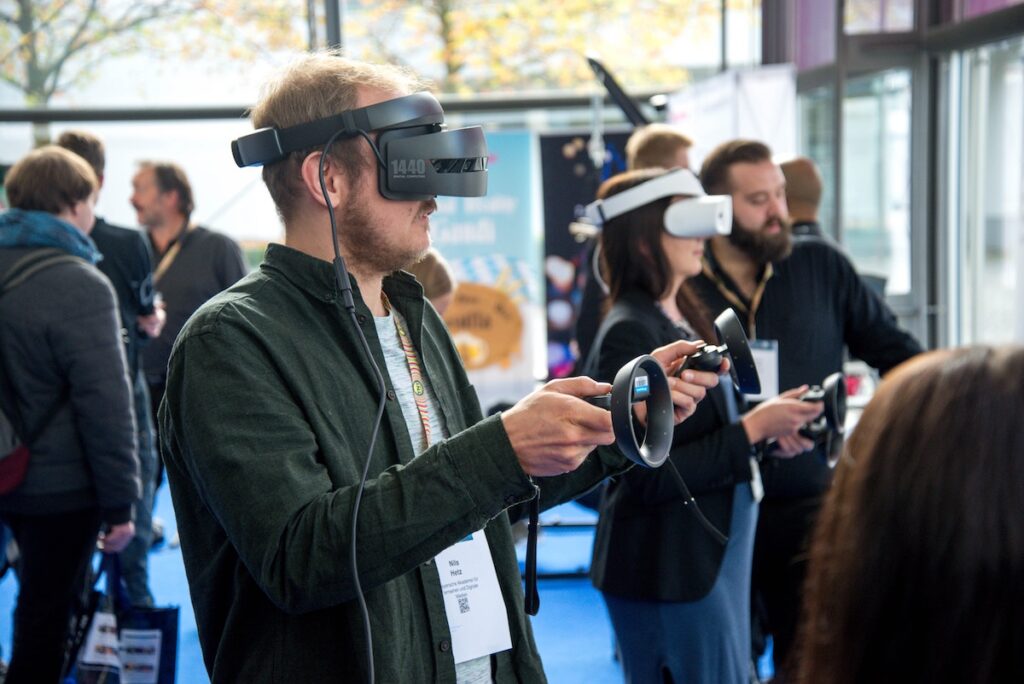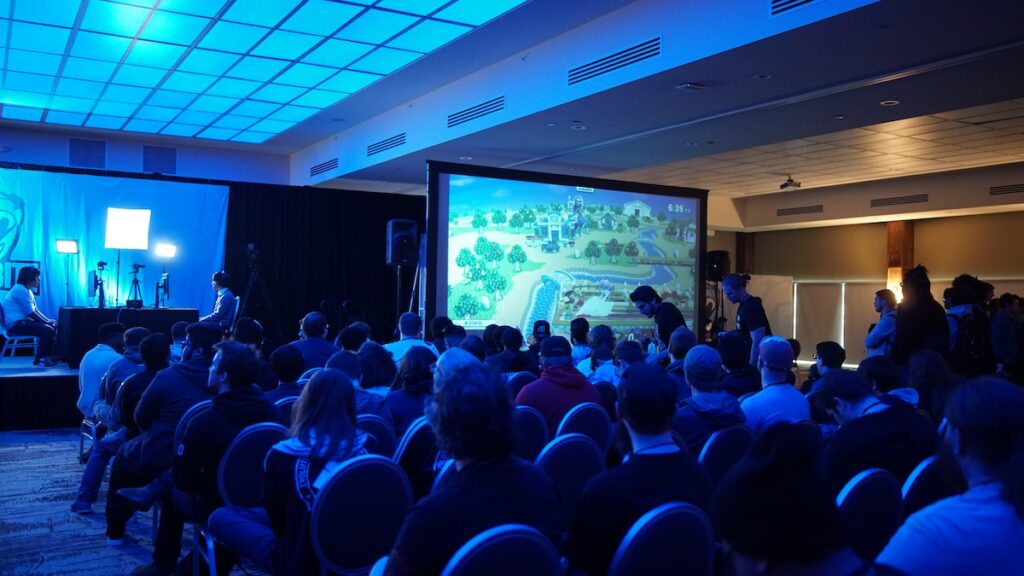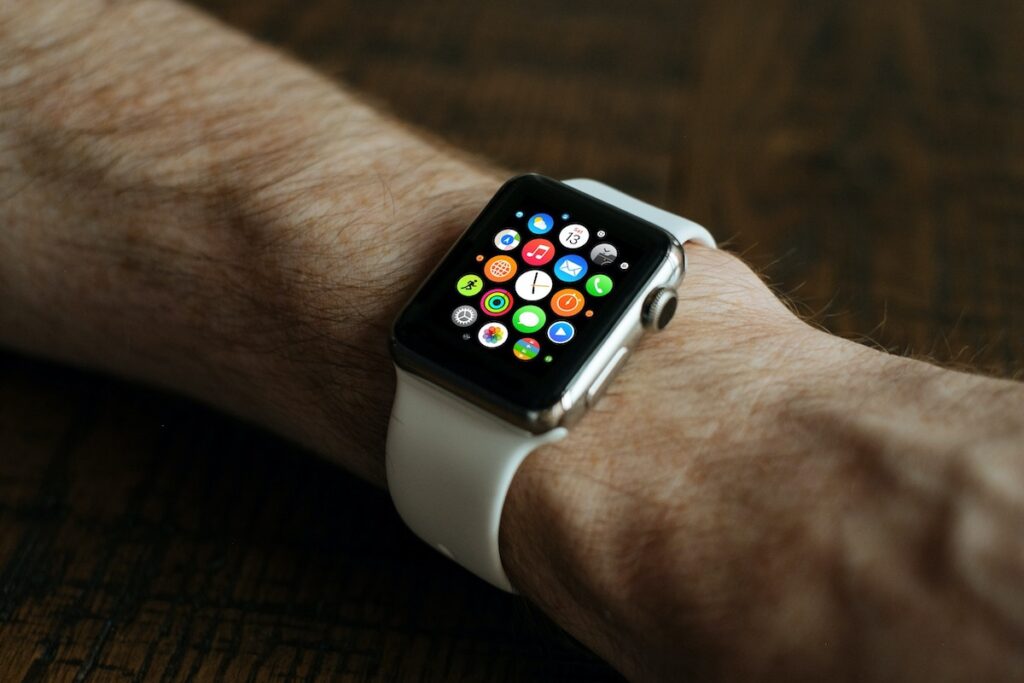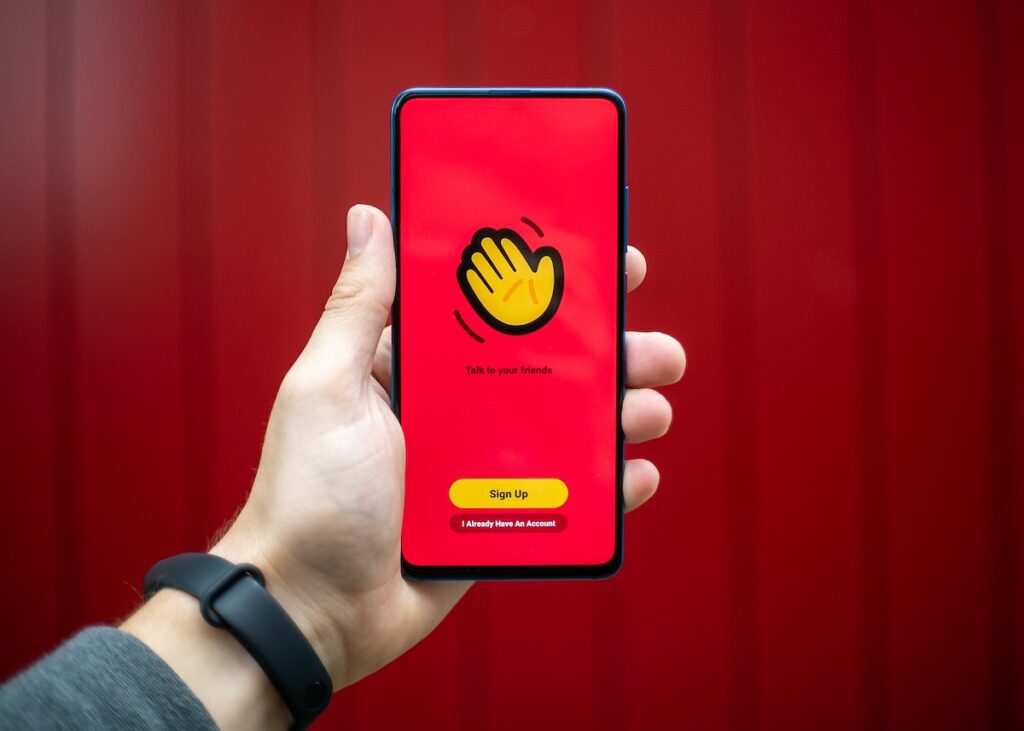2023’s Top Event Technology Trends for Organizers
In the dynamic world of event planning, staying ahead of the curve is not just an advantage — it’s a necessity. As we stand on the threshold of the 2023 summer eventing season, a wave of technological innovation is reshaping the landscape, offering unprecedented opportunities to enhance attendee experiences, streamline operations, and maximize the impact of every event. From the rise of hybrid events to the advent of AI-powered automation, these trends are not just transforming how we organize events — they’re redefining what an event can be.
This article delves into the heart of event technology trends, exploring the key features that make them not just noteworthy but essential for any forward-thinking event organizer. We’ll examine how these technologies enhance the attendee experience, improve operational efficiency, and drive engagement in ways we’ve never seen before. So, whether you’re an industry veteran or a newcomer to the field, strap in and join us as we embark on a journey into the future of event technology.
The Rise of Hybrid Events
In the ever-evolving landscape of event planning, one trend that has firmly established its roots is the concept of hybrid events. As the name suggests, hybrid events blend in-person and virtual experiences, providing a flexible and inclusive approach to event organization.
In 2023, the importance of hybrid events is set to reach new heights. The ongoing global uncertainties have made these events a necessity rather than a luxury. They offer a unique advantage by allowing attendees to participate according to their comfort and convenience, either in-person or remotely.
The key features of hybrid events that make them a trend to watch out for include:
- Flexibility: Hybrid events offer attendees the freedom to choose their mode of participation. This flexibility is invaluable in today’s unpredictable environment, where travel restrictions and health concerns can change rapidly. To give you an idea, an attendee could attend the keynote speech in person but attend a breakout session virtually from the comfort of their hotel room.
- Increased Reach: Hybrid events can attract a wider audience as they are not bound by geographical constraints. By offering a virtual attendance option, you can attract attendees from around the world, significantly increasing your event’s reach. This can be particularly beneficial for international conferences or events, where travel costs may have previously deterred potential attendees.
- Cost-Effective: Hybrid events can be more cost-effective than traditional in-person events. By reducing the need for large venues and catering, you can save on event costs. Additionally, virtual attendees often pay a reduced registration fee, making your event more accessible to a broader audience. This can also increase the return on investment (ROI) for your event, as you can reach a larger audience for a similar cost.
Looking at the trajectory of hybrid events, it’s clear that they are more than just an event technology trend—they are a necessity in the ever-evolving landscape of event planning. By offering flexibility, increasing reach, and being cost-effective, hybrid events are set to reach new heights in 2023. As we move forward, we can expect to see even more innovations in this area, making events more inclusive and adaptable to the changing global circumstances.

Augmented and Virtual Reality
Augmented and Virtual Reality (AR/VR) technologies are one of the event technology trends that are revolutionizing the event experience. These technologies can transport attendees into immersive environments, making presentations more engaging and interactive.
For instance, a keynote speaker could use AR to overlay data visualizations onto their presentation, helping attendees better understand complex information. Similarly, VR could create virtual booths at trade shows, allowing attendees to explore products and services in a three-dimensional space.
The defining attributes of AR/VR technologies that highlight their status as an emerging trend include the following:
- Immersive Experiences: AR/VR technologies can create immersive experiences for attendees. A keynote speaker could use AR to overlay data visualizations onto their presentation, helping attendees better understand complex information. This can be particularly beneficial for technical presentations or workshops, where visual aids can enhance understanding.
- Interactive Booths: VR can create virtual booths at trade shows. These booths allow attendees to explore products and services in a three-dimensional space, providing a unique and engaging experience. This can be a game-changer for product demonstrations, as attendees can interact with the product as if they were physically there.
- Increased Engagement: AR/VR technologies can increase attendee engagement. By providing an immersive and interactive experience, these technologies can keep attendees engaged and interested in your event. This can lead to higher attendee satisfaction and can increase the likelihood of attendees returning for future events.
Upon examining the impact of AR/VR technologies, it’s clear that they are revolutionizing the event experience. By creating immersive experiences, interactive booths, and increasing engagement, these event technology trends are a must-know for every organizer in 2023. As we move forward, we can expect to see even more immersive and interactive experiences powered by AR/VR technologies, enhancing the way presentations are delivered and experienced.

Contactless Check-in
In response to health and safety concerns, contactless check-in technologies are becoming increasingly popular. These technologies allow attendees to check in using their smartphones, reducing the need for physical contact. Not only does this improve safety, but it also speeds up the check-in process, enhancing the overall attendee experience.
The noteworthy components of contactless check-in technologies that suggest their importance as a trend to follow include the following:
- Improved Safety: Reduce the need for physical contact, improving safety at your event. This is particularly important in today’s health-conscious environment. Instead of queuing at a registration desk, attendees can check in via their smartphones as soon as they arrive, reducing crowding and potential contact points.
- Faster Check-In: Attendees can check in using their smartphones, reducing wait times and improving the overall attendee experience. This can be particularly beneficial for large events, where long check-in lines can lead to frustration and a poor first impression.
- Reduced Staffing Needs: You can reduce your staffing needs significantly. This can save on event costs and free up your staff to focus on other areas of your event. Instead of needing staff to manage check-in desks, you can have them focus on customer service or troubleshooting technical issues.
After discussing the importance of contactless check-in technologies, it’s clear that they are a vital part of any event. By improving safety, speeding up the check-in process, and reducing staffing needs, these technologies are making events more efficient and safe. As we move into 2023, we can expect to see even more innovations in this area, making the check-in process smoother and more convenient for attendees.
Event Diagramming and Digital Floor Plans
Event diagramming software is yet another one of the event technology trends to watch for in 2023. This software allows event organizers to create detailed, to-scale diagrams of their event spaces. These diagrams can be used to plan seating arrangements, traffic flow, and more. Additionally, digital floor plans can be integrated into event apps, providing attendees with an interactive map of the event space.
The fundamental elements of event diagramming and digital floor plans that signal their trend potential consist of:
- Detailed Planning: Event diagramming software is an essential tool for ensuring optimal utilization of event spaces. It allows for precise placement of stages, booths, seating, and other elements, helping to avoid last-minute adjustments and ensuring a seamless attendee experience.
- Interactive Navigation: Digital floor plans can be integrated into event apps, providing attendees with an interactive map of the event space. This can help attendees navigate the area more efficiently, enhancing their overall experience. Attendees could use the app to find the location of a particular booth or session.
- Improved Efficiency: By providing a visual representation of the event space, event diagramming software can help event organizers plan more efficiently. This way, they save time and reduce the risk of last-minute issues. You can use the software to identify potential bottlenecks or areas of congestion and adjust your layout accordingly.
Reflecting on the role of event diagramming and digital floor plans, it’s clear that they are a must-have for modern events. By providing detailed planning, interactive navigation, and improved efficiency, these tools are a trend that every event organizer should be aware of in 2023. As we move forward, we can expect to see even more features and capabilities from these tools, making event planning more efficient and interactive.

Event Gamification
Gamification is a powerful tool for boosting attendee engagement. By incorporating games and challenges into your event, you can make the experience fun and engaging for attendees. You could create a scavenger hunt that encourages attendees to explore different areas of your event, or you could use a leaderboard to foster a sense of competition among attendees.
Some features of event gamification that make it one of the main trends are:
- Increased Engagement: Gamification can significantly increase attendee engagement. Making your event more fun and interactive can keep attendees engaged and interested. You could create a scavenger hunt that encourages attendees to explore different areas of your event. This can be a fun and engaging way for attendees to learn more about your event and the exhibitors present.
- Improved Learning: Games and challenges can make learning more fun and effective. By incorporating educational content into your games, you can help attendees learn new information. You could create a quiz game that tests attendees’ knowledge of the topics covered in your event.
- Enhanced Networking: Gamification can also improve networking opportunities at your event. You can foster a more collaborative and interactive environment by encouraging attendees to interact with each other through games. You could create a team-based challenge that encourages attendees to work together to solve a problem or complete a task.
After delving into the realm of event gamification, it’s clear that it’s a powerful tool for boosting attendee engagement. By increasing engagement, improving learning, and enhancing networking, gamification is one of the event technology trends that every event organizer should be aware of in 2023. As we move forward, we can expect to see even more innovative and fun ways to incorporate games and challenges into events, making them more engaging and interactive.

Wearable Technology
Wearable technology is another trend that’s set to make a significant impact in 2023. From smart badges that track attendee movement to wristbands that facilitate contactless payments, wearable technology can significantly enhance the attendee experience. Additionally, these technologies can provide event organizers with valuable data, helping them understand attendee behavior and improve future events.
The critical characteristics of wearable technology that underscore its status as a trend to keep an eye on encompassing the following:
- Enhanced Attendee Experience: Wearable technology can greatly enhance the attendee experience. Smart badges can track attendee movement, providing them with personalized recommendations based on their interests and behavior. This can help attendees discover sessions or exhibitors that they might not have found otherwise.
- Valuable Data: Wearable technology can provide event organizers with valuable data. By tracking attendee behavior, these technologies can provide insights into what attendees are interested in, helping event organizers improve future events. You could use this data to identify which sessions were most popular or which areas of your event were most crowded.
- Improved Efficiency: Wearable technology can also improve efficiency at your event. Wristbands facilitating contactless payments can speed up transactions, reducing wait times and improving the overall attendee experience. This can be particularly beneficial for large events, where long lines can lead to frustration and a poor attendee experience.
Summarizing our insights on wearable technology, it’s clear that it’s more than just a trend—it’s a game-changer. By enhancing the attendee experience, providing valuable data, and improving efficiency, wearable technology is set to make a big impact in 2023. As we move forward, we can expect to see even more innovations in this area, making events more personalized and data-driven.
Multi-use Branded Event Apps
Mobile event apps have become a must-have for current events. These apps can provide attendees with all the information they need, from schedules and maps to speaker bios and session descriptions. Moreover, these apps can be fully customized to match your event’s branding, providing a consistent and professional look and feel.
The essential elements of multi-use branded event apps that signal their potential as a trend to monitor consist of the following:
- Consistent Branding: Mobile event apps can be fully customized to match your event’s branding. This can provide a consistent and professional look and feel, enhancing your event’s image. You could customize the color scheme and logo of your app to match your event’s branding.
- Improved Attendee Experience: Mobile event apps can improve the attendee experience by providing all the information they need in one place. This can include schedules, maps, speaker bios, session descriptions, and more. Attendees could use the app to plan their schedule for the day, bookmark sessions they’re interested in, and navigate the event space.
- Increased Engagement: Mobile event apps can also increase attendee engagement. By providing interactive features such as live polling and Q&A sessions, these apps can keep attendees engaged and interested in your event. You could use the app to facilitate a live Q&A session during a keynote speech, allowing attendees to submit their questions in real time.
After exploring the impact of multi-use branded event apps, it’s clear that they are a must-have for modern events. By providing consistent branding, improving the attendee experience, and increasing engagement, these apps are a trend that every event organizer should be aware of in 2023. As we move forward, we can expect to see even more features and capabilities from these apps, making events more personalized and interactive.
Attendee Accessibility Tools
Finally, accessibility is becoming a major focus in the event industry. Technologies like live translation and automatic closed captioning are making events more inclusive, ensuring that all attendees can fully participate. As we move into 2023, we can expect to see even more innovations in this area.
The defining aspects of attendee accessibility tools that emphasize their rising trend status include:
- Inclusivity: Accessibility tools make events more inclusive by ensuring that all attendees can fully participate. This is particularly important in today’s diverse society, where attendees may have a variety of accessibility needs. Live translation tools can ensure that non-English-speaking attendees can understand the content of your event.
- Improved Attendee Experience: Accessibility tools can improve the attendee experience by ensuring that all attendees can fully understand and participate in your event. This can include technologies like live translation and automatic closed captioning. Automatic closed captioning can ensure that deaf or hard-of-hearing attendees can understand the content of your event.
- Compliance: By incorporating accessibility tools into your event, you can ensure that your event is compliant with accessibility laws and regulations. This can help protect you from potential legal issues and enhance your event’s reputation. Providing closed captioning and sign language interpretation can ensure that your event is compliant with the Americans with Disabilities Act (ADA).
Summarizing our insights on attendee accessibility tools, it’s clear that they are a vital part of any event. By ensuring inclusivity, improving the attendee experience, and ensuring compliance, these tools are making events more accessible to all. As we move into 2023, we can expect to see even more innovations in this area, making events even more inclusive and accessible.
AI-Powered Event Automation
Artificial Intelligence (AI) is making its mark in the event industry, and its influence is set to grow in 2023. AI-powered event automation can streamline various aspects of event planning and execution, making the process more efficient and less labor-intensive.
The principal characteristics of AI-powered event automation that underscore its significance as a trend to keep an eye on are as follows:
- Efficiency: AI can automate various aspects of event planning and execution, such as attendee registration, session scheduling, and feedback collection. This can save event organizers a significant amount of time and effort.
- Personalization: AI can analyze attendee data to provide personalized event experiences. It can recommend sessions or activities based on an attendee’s interests or past behavior.
- Data Analysis: AI can analyze event data to provide valuable insights. It can identify trends in attendee behavior or feedback, helping event organizers make data-driven decisions.
Reflecting on the role of AI-powered event automation, it’s clear that AI is more than just a trend—it’s a transformative force in the event industry. By streamlining event planning and execution, providing personalized experiences, and offering valuable insights, AI is set to revolutionize the way we organize events. As we move into 2023, we can expect to see even more advancements in this area, making event planning and execution more efficient and personalized.
Sustainable Event Solutions
Sustainability is a growing concern in all industries, including event planning. In 2023, more event organizers are expected to adopt sustainable event solutions, such as digital ticketing, virtual goodie bags, and eco-friendly venues.
The key features of sustainable event solutions that make them a trend to watch out for include the following:
- Environmentally Friendly: Sustainable event solutions can help reduce the environmental impact of your event. Digital ticketing eliminates the need for paper tickets, while virtual goodie bags reduce waste from physical promotional items.
- Cost-Effective: Many sustainable event solutions are also cost-effective. Virtual goodie bags can be cheaper than physical ones, as they eliminate the need for physical production and distribution.
- Positive Brand Image: By adopting sustainable event solutions, you can enhance your brand’s image. More and more attendees are becoming conscious of the environmental impact of events, and they appreciate event organizers who take steps to reduce this impact.
Looking at the importance of sustainable event solutions, it’s clear that sustainability is more than just a trend—it’s a necessity. By adopting environmentally friendly, cost-effective solutions, event organizers can reduce the environmental impact of their events, save money, and enhance their brand image. As we move into 2023, we can expect to see even more sustainable solutions being adopted in the event industry, making events more eco-friendly and cost-effective.
Navigating the Future of Event Technology
The landscape of event planning and execution is undergoing a transformative shift, driven by the rapid evolution of technology. Each trend we’ve discussed, from hybrid events and AR/VR technologies to AI-powered automation and sustainable solutions, play a pivotal role in shaping the future of the event industry.
Hybrid events break geographical barriers, AR/VR technologies create immersive experiences, and contactless technologies ensure safety while enhancing efficiency. Event diagramming and digital floor plans are revolutionizing event planning, while gamification injects a fun element into events. Wearable technology personalizes experiences, and multi-use branded event apps ensure a consistent brand image. Accessibility tools make events inclusive, and AI streamlines event planning and execution.
As we move into 2023, these trends will gain even more momentum. Event organizers who embrace these technologies will create more engaging, inclusive, and successful events and set a new standard for the industry. The future of events is here, and it’s teeming with exciting possibilities.

